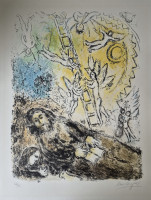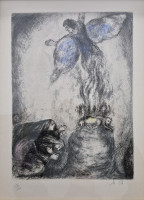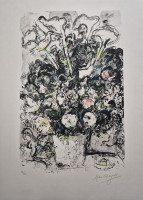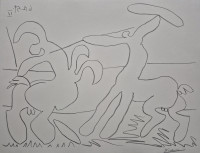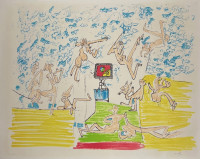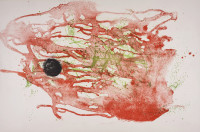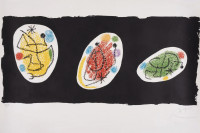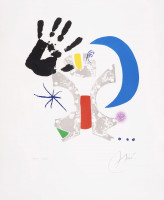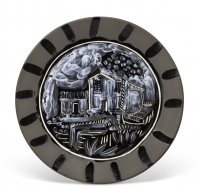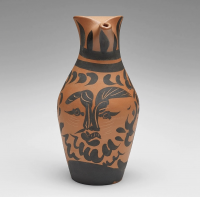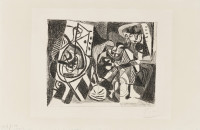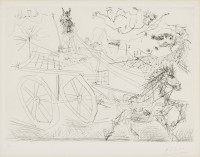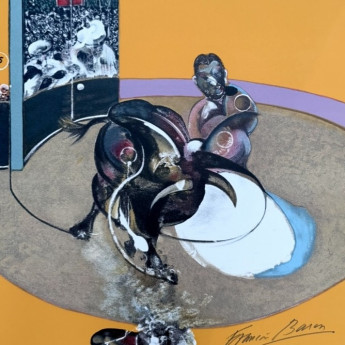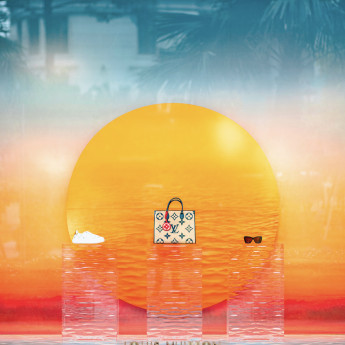
What is Surrealism?
Surrealism began in the 1920s as an art and literary movement with the goal of revealing the unconscious mind and unleashing the imagination by exploring unusual and dream-like imagery. Influenced by Sigmund Freud’s theories of psychoanalysis, Surrealist artists and writers sought to bring the unconscious into rational life, blurring the lines between reality and dreams. The movement aimed to challenge conventional perceptions and express the irrational aspects of the human experience.
Show All
- Show All
- Established
- Discoveries
A,B,C
ARTWORKS RELATED TO SURREALISM
Pablo Picasso
Reclining Man in Turban and Belly Dancer, 1968
Limited Edition Print
Mixed Media
Inquire For Price
Pablo Picasso
Suerte Ilamada de Don Tancredo, from La Tauromaquia, 1957
Limited Edition Print
Aquatint
USD 6,900

Sand consists of loose grains of material primarily made up of minerals like quartz, mica, and feldspar, as well as small fragments of rocks. Sand paintings are created by pouring colored sand into intricate designs, often for cultural rituals or special celebrations. These designs can take many days to complete and are traditionally brushed away after the ceremony, emphasizing the impermanence of the artwork.



